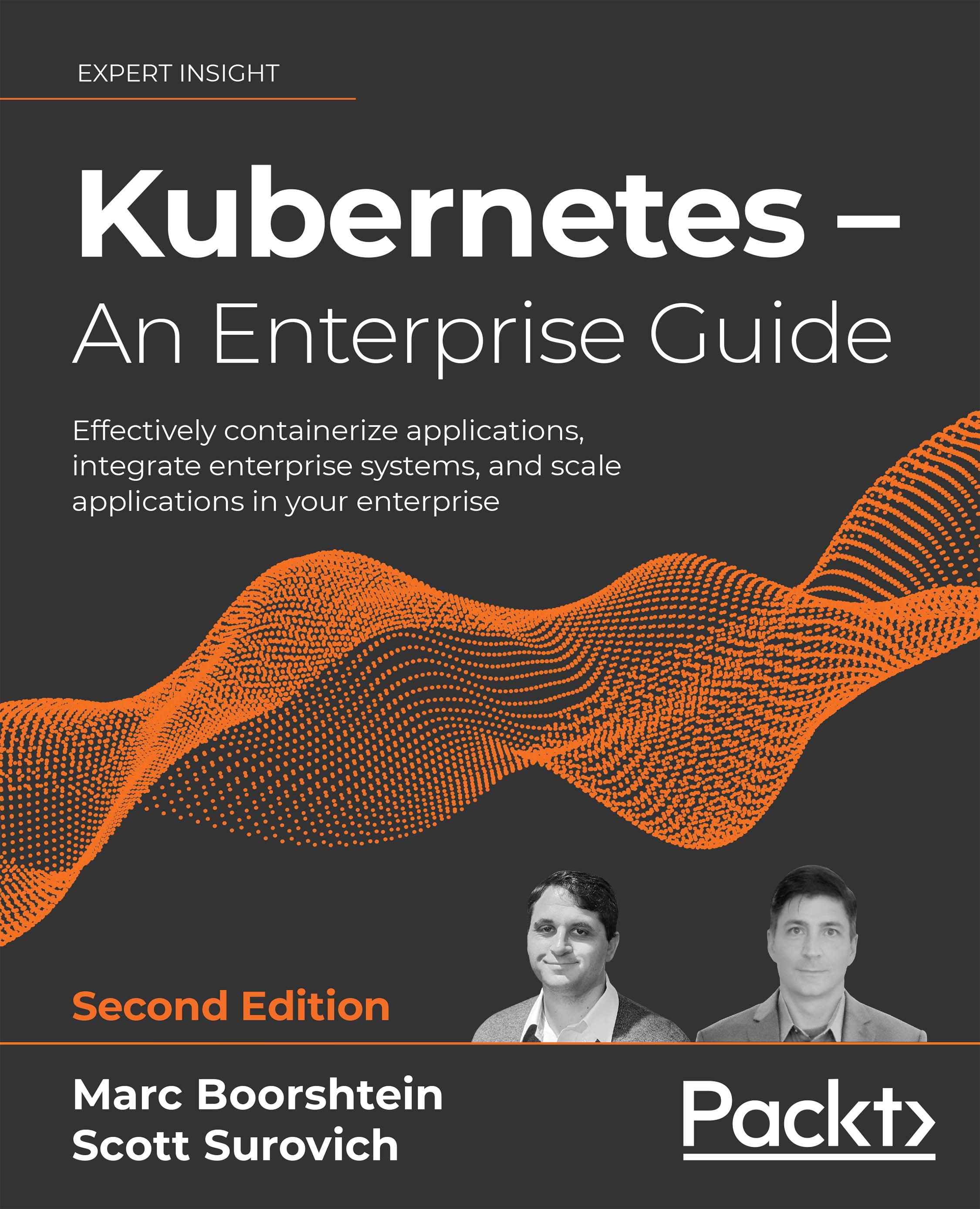Authenticating from pipelines
This chapter so far has focused exclusively on authentication to Kubernetes by users. Whether an operator or a developer, a user will often interact with a cluster to update objects, debug issues, view logs, and so on. This doesn't quite handle all use cases, though. Most Kubernetes deployments are partnered with pipelines, a process by which code is moved from source to binaries to containers and ultimately into a running cluster. We'll cover pipelines in more detail in Chapter 14, Provisioning a Platform. For now, the main question is "How will your pipeline talk to Kubernetes securely?"
If your pipeline runs in the same cluster as being updated, this is a simple question to answer. You would grant access to the pipeline's service account via RBAC to do what it needs to do. This is why service accounts exist, to provide identity to processes inside the cluster.
What if your pipeline runs outside of the cluster? Kubernetes...
































































